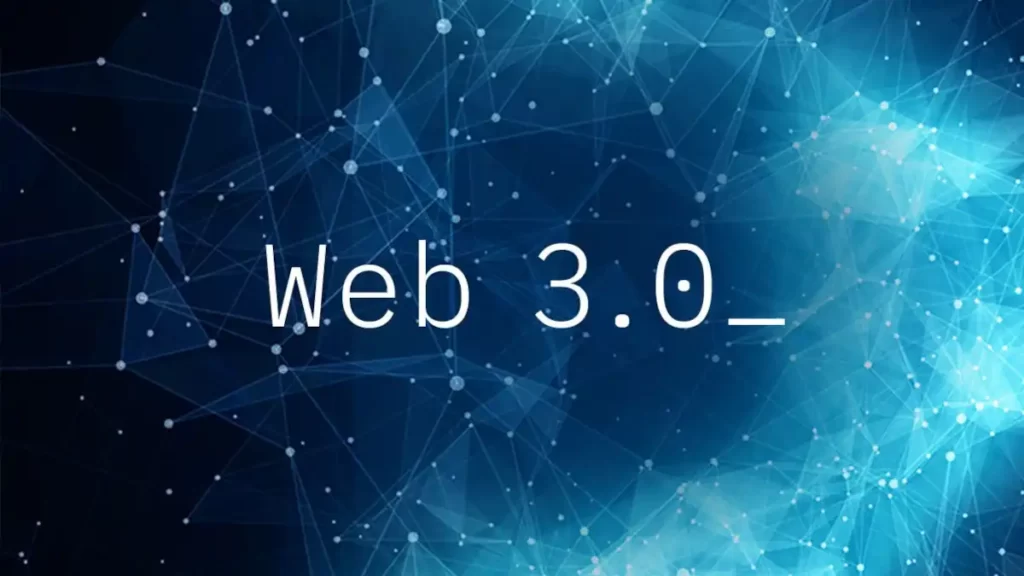Technology like the Internet is constantly changing and innovating. So far, we’ve experienced Web 1.0 and 2.0, and there’s much discussion about what to expect from Web 3.0. Web 1.0 provided a static experience for users without the ability to create the content-rich sites we have today. Web 2.0 brought us together with social media and dynamic websites, but at the cost of centralization.
Web 3.0 aims to offer us control over online content and build a semantic web. This implies that computers will have no trouble processing and reading user-generated content. Blockchain will give rise to decentralization, open digital economies, and free digital identities with cryptocurrency wallets.

The availability of 3D alternatives will increase how immersively we connect with the internet. Additionally advantageous to the consumer include effective browsing, helpful advertising, and enhanced customer service. Virtual assistants like Siri and Alexa as well as interconnected smart homes are some of the most often used Web 3.0 technologies.
What is Web 3.0?
Web 3.0, aka Web3, is the next generation of Internet technology that heavily relies on machine learning, artificial intelligence (AI), and blockchain technology. The term was created by Gavin Wood, Polkadot’s founder and the co-founder of Ethereum. While Web 2.0 focuses on user-created content hosted on centralized websites, Web 3.0 will give users more control of their online data.
The movement aims to create open, connected, intelligent websites and web apps with an improved machine-based understanding of data. Decentralization and digital economies also play an important role in Web 3.0, as they allow us to place value on the content created on the net. It’s also important to understand that Web 3.0 is a changing concept. There is no single definition, and its exact meaning can differ from person to person.
How does Web 3.0 work?
Web 3.0 aims to provide personalized and relevant information faster through the use of AI and advanced machine learning techniques. Smarter search algorithms and development in Big Data analytics will mean that machines can intuitively understand and recommend content. Web 3.0 will also focus on user ownership of content and support for accessible digital economies.
Current websites typically display static information or user-driven content, like forums or social media. While this allows data to be published to the masses, it doesn’t cater to specific users’ needs. A website should tailor the information it provides to each user, similar to the dynamism of real-world human communication. With Web 2.0, once this information is online, users lose ownership and control.
What makes Web 3.0 superior to its predecessors?
The combination of Web 3.0’s key features will lead to a variety of benefits in theory. Don’t forget that these will all depend on the success of the underlying technology:
1. No central point of control – Since intermediaries are removed from the equation, they will no longer control user data. This freedom reduces the risk of censorship by governments or corporations and cuts down the effectiveness of Denial-of-Service (DoS) attacks.
2. Increased information interconnectivity – As more products become connected to the Internet, larger data sets provide algorithms with more information to analyze. This can help them deliver more accurate information that accommodates the individual user’s specific needs.
3. More efficient browsing – When using search engines, finding the best results have sometimes posed a challenge. However, they have become better at finding semantically-relevant results based on search context and metadata over the years. This results in a more convenient web browsing experience that can help anyone find the exact information they need with ease.
4. Improved advertising and marketing – No one likes being bombarded with online ads. However, if the ads are relevant to your needs, they could be useful instead of being an annoyance. Web 3.0 aims to improve advertising by leveraging smarter AI systems and targeting specific audiences based on consumer data.
5. Better customer support – Customer service is critical for a smooth user experience for websites and web applications. Due to the massive costs, though, many web services that become successful struggle to scale their customer service operations. Using more intelligent chatbots that can talk to multiple customers simultaneously, users can enjoy a superior experience when dealing with support agents.